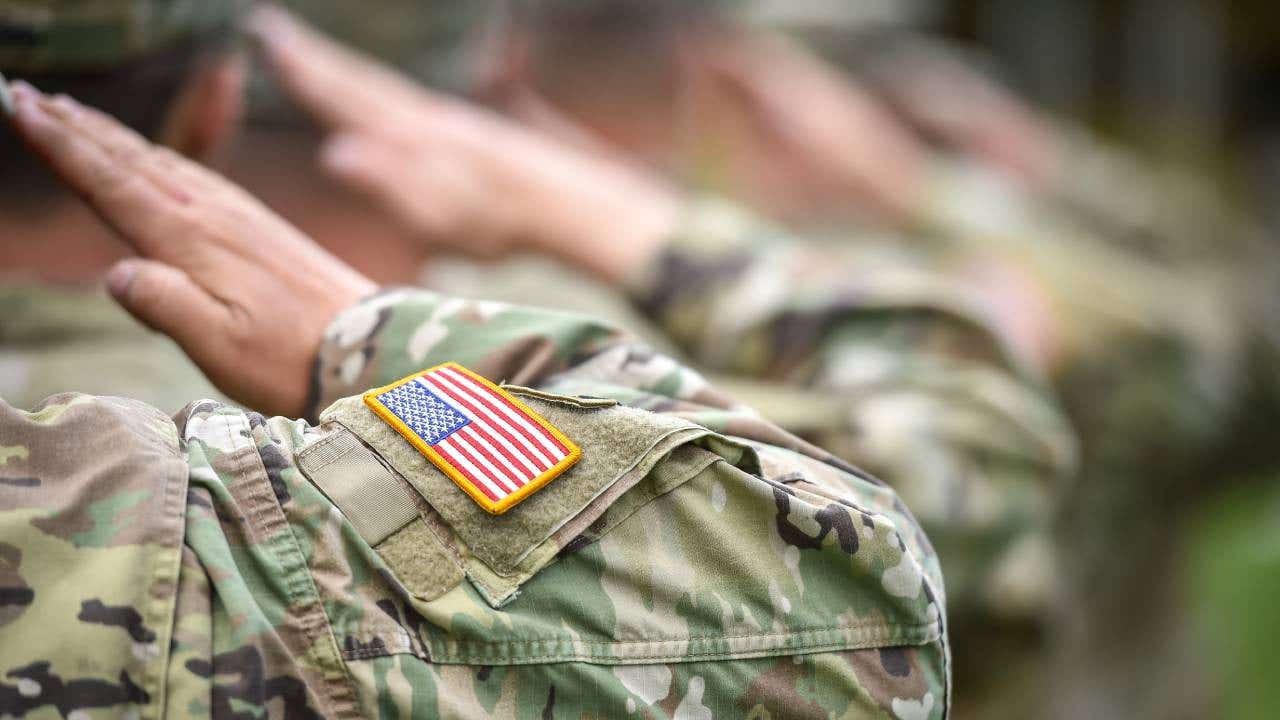How do war bonds work? Their history and how to redeem them

War bonds were once a patriotic investment that helped fund military efforts while promising a return to citizens who purchased them. These long-term investments were heavily promoted during World War I and World War II when governments relied on the public to help finance the costs of war.
Today, war bonds are no longer issued in the U.S., but some may still hold value. In this article, we’ll explore the history of war bonds, how they worked and whether they can still be redeemed.
Here’s everything you need to know.
What are war bonds?
War bonds are government-issued debt securities used to raise funds during wartime. War bonds trace their history as far back as the Revolutionary War, and helped finance efforts in the Civil War and the Spanish-American War as well.
However, it wasn’t until 1917, during World War I, that the first modern war bonds were introduced. Dubbed Liberty Bonds, by the end of the war, 20 million people had purchased these bonds, raising $17 billion for the war effort.
In 1941, as the U.S. entered World War II, the government reintroduced war bonds, first under the name Series E Defense Bonds and later, after Japan’s attack on Pearl Harbor, simply War Savings Bonds.
While they were mostly a patriotic purchase rather than a high-yield investment, they gave U.S. citizens a tangible way to contribute to the country’s war efforts.
The first Series E bonds were sold at 75 percent of their face value and returned 2.9 percent interest, compounded semiannually. Denominations ranged from $25 to $1,000.
Other countries, including the U.K. and Canada, have also issued war bonds over the years to finance military operations.
How did war bonds work?
War bonds were sold at a discount from their face value, meaning buyers paid less than the bond’s eventual worth. For example, during World War II, a $25 bond could be purchased for $18.75, with the expectation that it would reach full value after 10 years. The bonds accrued interest, though at a lower rate than other investment options.
One of the main goals of war bonds was to encourage civilian participation while simultaneously curbing inflation. Since war requires substantial resources, the government needed to curb consumer spending and direct excess cash toward military operations. By selling war bonds, the government effectively removed money from circulation, which helped prevent inflation.
Today, the Treasury still uses a type of savings bonds — called a Series I bond — as a mechanism to curb general inflation. The interest rate on I bonds increases as inflation increases, serving as an incentive for people to lock up their money with the government until inflation cools.
The U.S. government launched extensive marketing campaigns during World War II, including celebrity endorsements and public rallies, to encourage citizens to buy bonds. Even comic book characters like Superman and Captain America appeared in advertisements urging citizens to buy war bonds.
Schools, workplaces and community groups participated in bond drives, reinforcing the idea that purchasing bonds was both a patriotic duty and a smart financial decision.
The Treasury Department also approved the use of a payroll deduction plan to purchase war bonds in 1942. That program evolved into the Payroll Savings Plan, which let consumers purchase Series EE and Series I bonds until the program was recently discontinued on Jan. 31, 2025.
The efforts paid off. From May 1941 through December 1945, more than $54 billion worth of war bonds were sold in the U.S.
Can you still redeem war bonds?
Yes, many U.S. war bonds are still redeemable. The first round of Series E bonds, for example, were issued between 1941 and 1965 and reached full maturity (stopped earning interest) 40 years after issuance.
While they stopped earning interest after 40 years, holders can still cash them in at banks or through the U.S. Treasury.
Usually, the process involves verifying the bondholder’s identity, determining the bond’s value based on issue dates and filling out some paperwork. If a bond is lost, stolen or damaged, the Treasury may be able to help you recover it, so long as you can provide enough information to verify ownership.
If you have an old war bond, you can check its redemption status on the U.S. Treasury’s website. And here’s a helpful guide on what to do with Series E savings bonds.
How much are war bonds worth today?
The value of an old war bond depends on its issue date, denomination and interest accrued.
While a bond’s face value represents the amount it was expected to reach at full maturity, bonds that remained unredeemed past their maturity date may have additional value. For example, a $50 Series E bond from December 1942 is worth $199.90 in February 2025, according to the U.S. Treasury website —- several times its original purchase price. (If you’re looking for a modern way to grow your money over time, check out Bankrate’s best investments for compounding growth.)
To calculate how much a paper savings bond is worth, including war bonds, you can use an online calculator from the U.S. Treasury to help determine its current redemption value.
Collectors also purchase war bonds as historical memorabilia on sites like eBay. Bonds sell for anywhere from about $80 to hundreds of dollars. Some rare bonds — especially ones with unique serial numbers or signatures — may fetch higher prices at auctions or private sales. Bonds with artwork or celebrity endorsements are especially coveted by collectors, even if they’re no longer redeemable.
Bottom line
War bonds played a crucial role in financing military efforts throughout American history.
Though they’re no longer issued in the U.S., many war bonds are still redeemable. If you have old war bonds, it’s worth checking their value and cashing them in.






